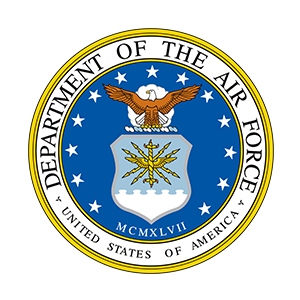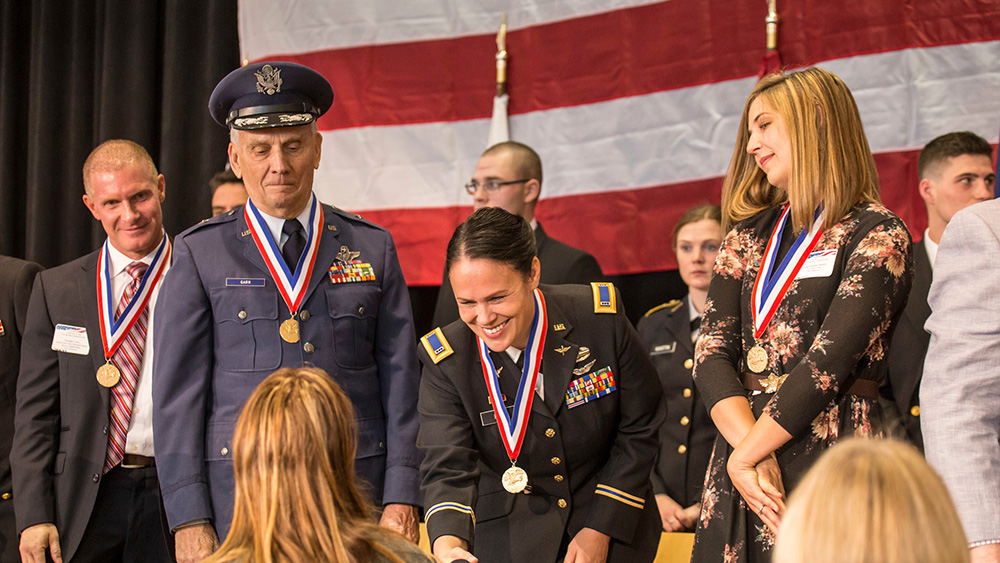RAY H. BRYANT
« Back to Honorees
Thirty days after Ray Bryant graduated from high school, the Korean War began. Although he was just 18 years old and had never flown before, Bryant enlisted in the Air Force with dreams of becoming a pilot. Bryant was accepted as an aviation cadet for flight training and on September 15, 1954, he graduated from flight school with his silver pilot wings and was commissioned as a second lieutenant. This marked the beginning of Bryant’s distinguished service record—one that includes flying more than 100 combat missions over North Vietnam.
Over the course of his career, Bryant served as a T-33 flight instructor, an F-86 gunnery trainer at Williams AFB, an F-100 pilot in Japan, and did a tour of duty flying the F-105 in West Germany. He did all of this while continuing his education by taking night classes. He finally earned his degree in business management from the Hampton Institute in Virginia.
However, no assignment or mission was as frightening as the one he flew on December 4, 1966—just two days after his roommate was killed in action.
On this day, Bryant served as the force commander of 24 F-105s. Their assignment was to bomb the Hanoi railroad yard, a high priority and well-defended target that had not been hit before. As they approached the yard, the strike force faced surface-to-air missiles, heavy anti-aircraft fire, and a MIG attack. However, one of Bryant’s wingmen shot down a MIG-17 and was able to successfully complete the mission, leaving the yard extensively damaged. For his superb leadership, Bryant was awarded he Silver Star.
Just a few months later Bryant earned the First Oak Leaf Cluster to the Silver Star for destroying 24 gun emplacements while leading a mission to bomb the Thai Nguyen Iron and Steel Factory. No aircraft or pilots were lost during the very successful attack.
Though he flew his last combat mission in May 1967, Bryant continued his career in the air force in several capacities.
Bryant returned to the states where he became a student at the Armed Forces Staff College. He then served as a staff officer at Langley AFB. After that, he served in Korea for a year as the commander of a fighter squadron flying the F-4. He then returned to Cannon AFB where he was promoted to colonel.
Bryant’s last overseas station was in Panama, where he served for three years. He then returned to Luke AFB where he served as the director of Resource Management and later as base commander.
After 30 years of service, Bryant finally retired in February 1981—turning down the opportunity to serve another four years in Hawaii to move back to Utah—a place he considered more suitable for raising his teenagers.
However, as with many service members, Bryant said he missed it when he left.
“The hardest thing was leaving people I had a lot respect for that I enjoyed being with,” Bryant said. Although he may no longer be serving alongside those people, they are most certainly not forgotten. He still carries in his wallet the names of 52 men he served with during his career who were shot down over Vietnam.

